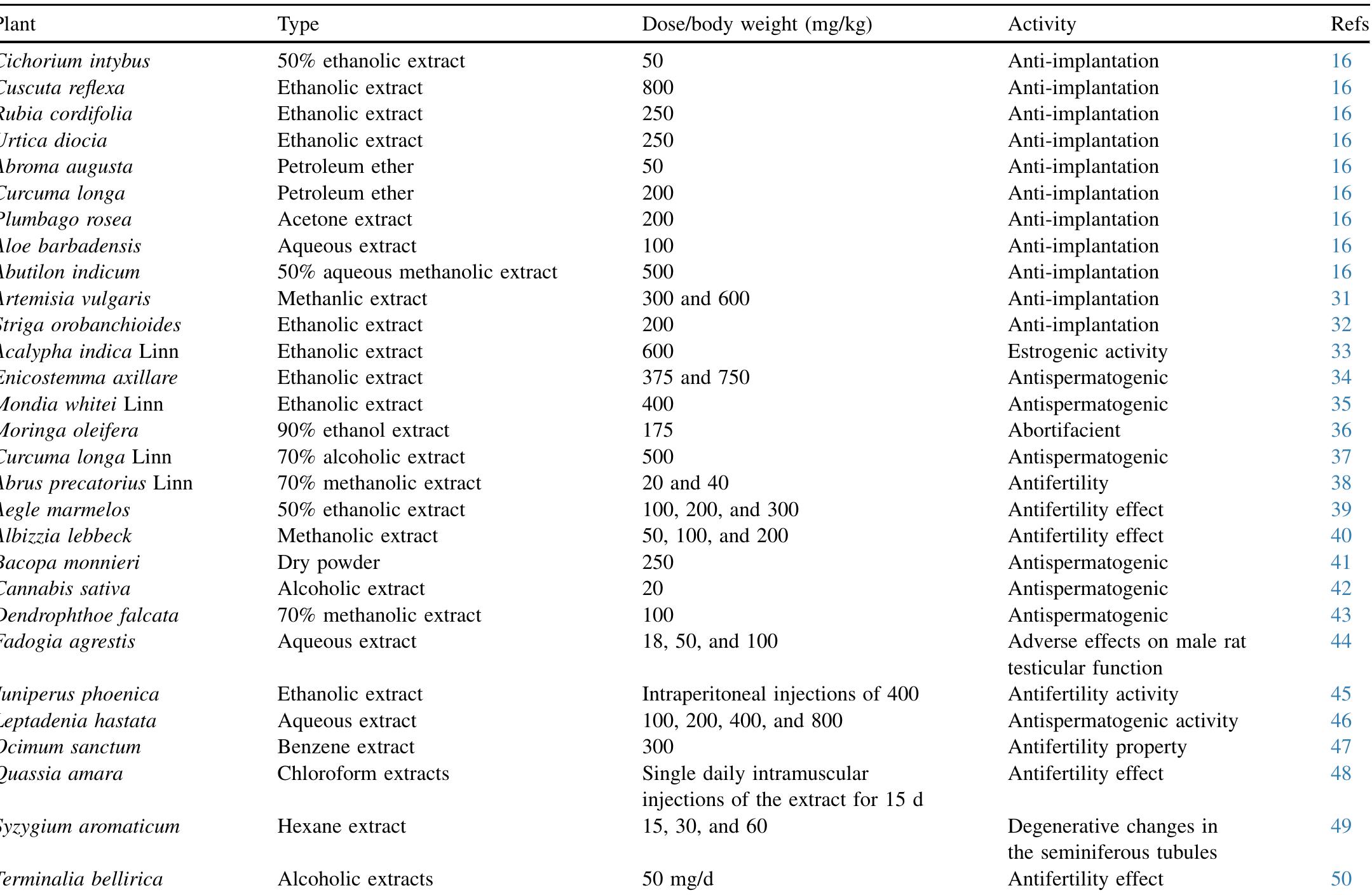Dr Muhammad Akram - Profile on Academia.edu (original) (raw)
Uploads
Papers by Dr Muhammad Akram
Inflammation is a natural aspect of the immune system's response. Pain, redness, heat or warm... more Inflammation is a natural aspect of the immune system's response. Pain, redness, heat or warmth, and swelling are the four major symptoms of inflammation. Plants can generate a vast range of phytochemical substances as secondary metabolites, all of which have anti-inflammatory properties. Herbal medicines are significant cures for the treatment of a variety of disorders around the world. Medicinal plants are made up of roughly 7500 species, with representatives from about 17,000 higher flowering plant species. Even when synthetic chemistry has advanced beyond expectations, the utilization of natural products in the production of medications utilized in modern medicine is unrivalled. Anti-inflammatory medicines can help to reduce tissue damage and improve patient comfort by interfering with the pathophysiology of inflammation. As a result of the huge number of species available for investigation, the effective creation of new naturally occurring antiinflammatory medications relie...
Journal of the Chinese Medical Association, 2015
The aim of this review was to provide a comprehensive summary of medicinal plants used as antifer... more The aim of this review was to provide a comprehensive summary of medicinal plants used as antifertility agents in females throughout the world by various tribes and ethnic groups. We undertook an extensive bibliographic review by analyzing classical text books and peer reviewed papers, and further consulting well accepted worldwide scientific databases. We performed CENTRAL, Embase, and PubMed searches using terms such as "antifertility", "anti-implantation", "antiovulation", and "antispermatogenic" activity of plants. Plants, including their parts and extracts, that have traditionally been used to facilitate antifertility have been considered as antifertility agents. In this paper, various medicinal plants have been reviewed for thorough studies such as Polygonum hydropiper Linn, Citrus limonum, Piper nigrum Linn, Juniperis communis, Achyanthes aspera, Azadirachta indica, Tinospora cordifolia, and Barleria prionitis. Many of these medicinal plants appear to act through an antizygotic mechanism. This review clearly demonstrates that it is time to expand upon experimental studies to source new potential chemical constituents from medicinal plants; plant extracts and their active constituents should be further investigated for their mechanisms. This review creates a solid foundation upon which to further study the efficacy of plants that are both currently used by women as traditional antifertility medicines, but also could be efficacious as an antifertility agent with additional research and study.
Inflammation is a natural aspect of the immune system's response. Pain, redness, heat or warm... more Inflammation is a natural aspect of the immune system's response. Pain, redness, heat or warmth, and swelling are the four major symptoms of inflammation. Plants can generate a vast range of phytochemical substances as secondary metabolites, all of which have anti-inflammatory properties. Herbal medicines are significant cures for the treatment of a variety of disorders around the world. Medicinal plants are made up of roughly 7500 species, with representatives from about 17,000 higher flowering plant species. Even when synthetic chemistry has advanced beyond expectations, the utilization of natural products in the production of medications utilized in modern medicine is unrivalled. Anti-inflammatory medicines can help to reduce tissue damage and improve patient comfort by interfering with the pathophysiology of inflammation. As a result of the huge number of species available for investigation, the effective creation of new naturally occurring antiinflammatory medications relie...
Journal of the Chinese Medical Association, 2015
The aim of this review was to provide a comprehensive summary of medicinal plants used as antifer... more The aim of this review was to provide a comprehensive summary of medicinal plants used as antifertility agents in females throughout the world by various tribes and ethnic groups. We undertook an extensive bibliographic review by analyzing classical text books and peer reviewed papers, and further consulting well accepted worldwide scientific databases. We performed CENTRAL, Embase, and PubMed searches using terms such as "antifertility", "anti-implantation", "antiovulation", and "antispermatogenic" activity of plants. Plants, including their parts and extracts, that have traditionally been used to facilitate antifertility have been considered as antifertility agents. In this paper, various medicinal plants have been reviewed for thorough studies such as Polygonum hydropiper Linn, Citrus limonum, Piper nigrum Linn, Juniperis communis, Achyanthes aspera, Azadirachta indica, Tinospora cordifolia, and Barleria prionitis. Many of these medicinal plants appear to act through an antizygotic mechanism. This review clearly demonstrates that it is time to expand upon experimental studies to source new potential chemical constituents from medicinal plants; plant extracts and their active constituents should be further investigated for their mechanisms. This review creates a solid foundation upon which to further study the efficacy of plants that are both currently used by women as traditional antifertility medicines, but also could be efficacious as an antifertility agent with additional research and study.


